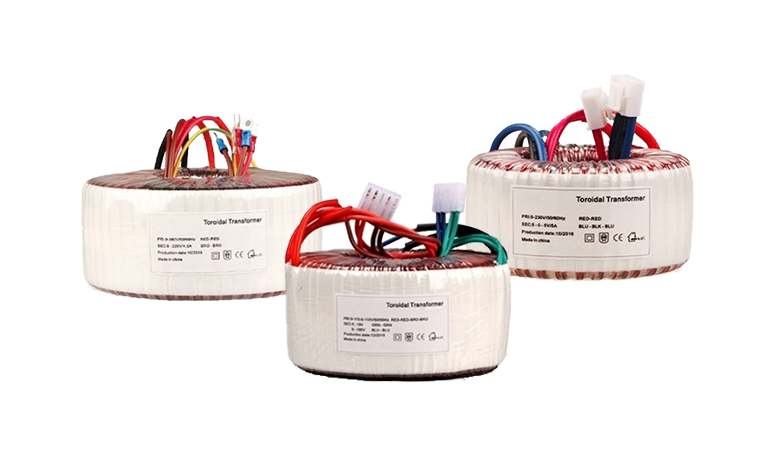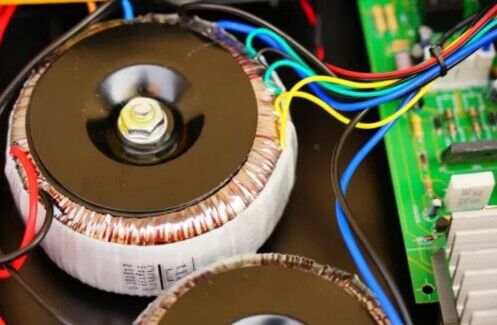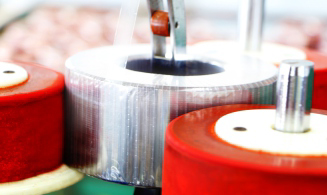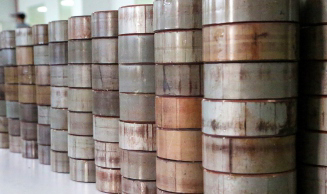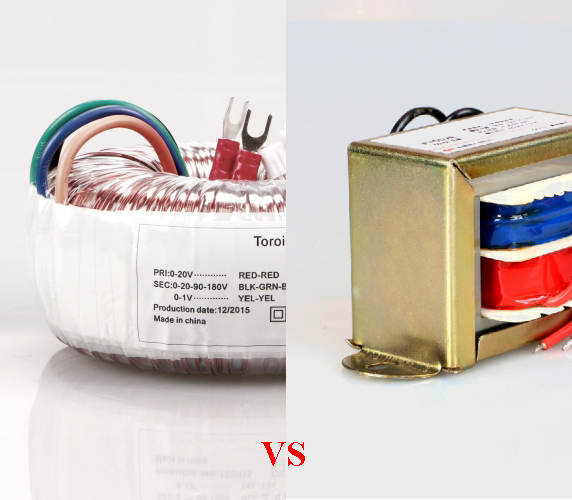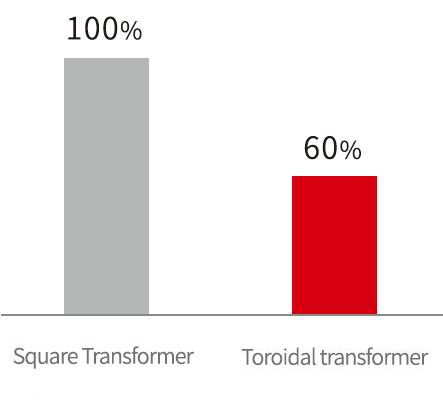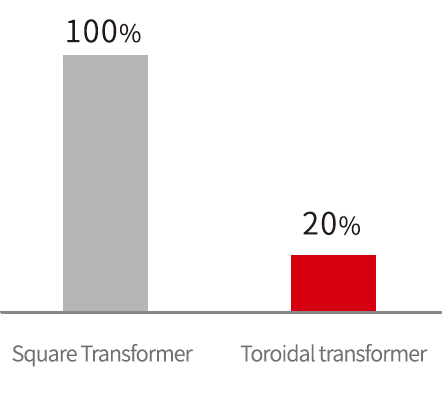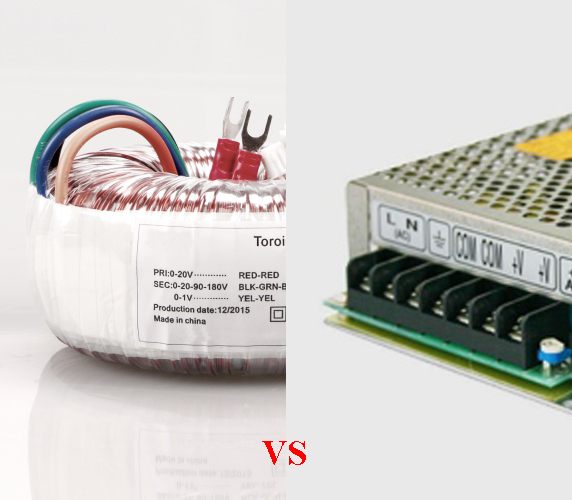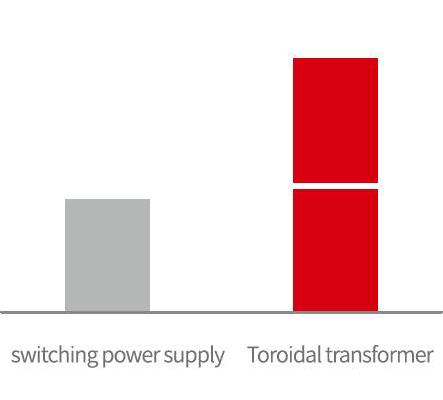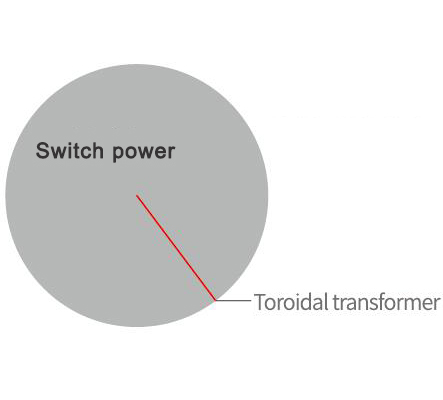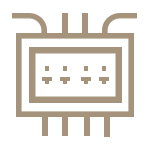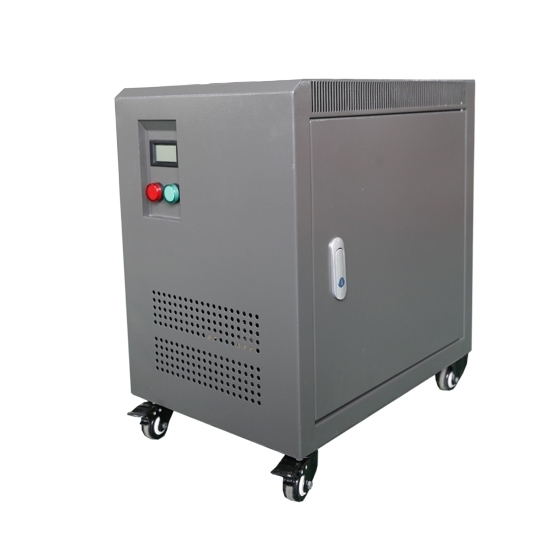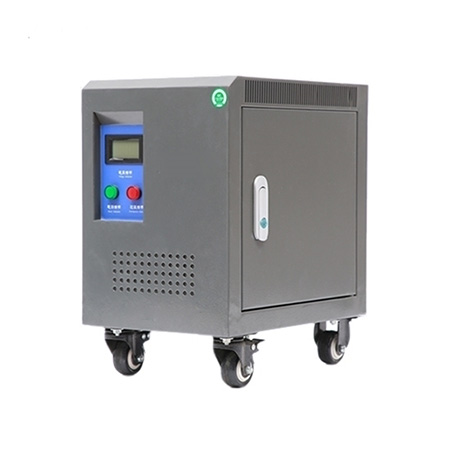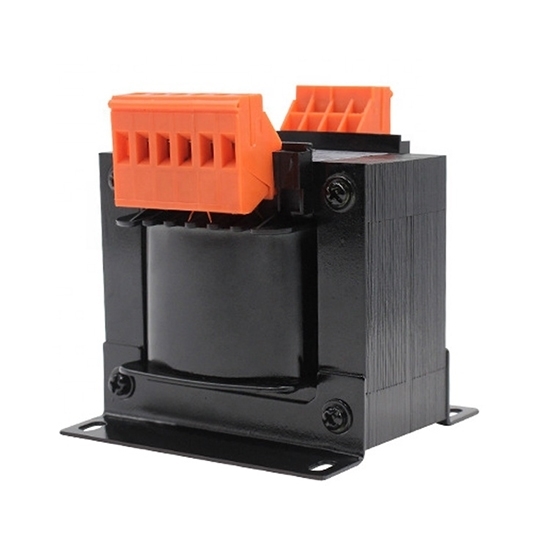A toroidal transformer uses a toroidal (doughnut-shaped) core made of
ferromagnetic material, such as iron or ferrite. It is commonly used in
various applications, including voltage
converters.
In the context of a 220V/110V voltage converter, a toroidal transformer
is used to step down or step up the voltage. A step-down transformer is
used when converting from a higher voltage (220V) to a lower voltage
(110V), while a step-up transformer is used when converting from a lower
voltage (110V) to a higher voltage (220V).
The primary winding of the toroidal transformer is connected to the
input voltage (220V), and the secondary winding is connected to the
output voltage (110V). The number of turns in the primary and secondary
windings determines the voltage ratio of the transformer. For example,
if the primary winding has twice as many turns as the secondary winding,
the transformer will step down the voltage by a factor of 2.

